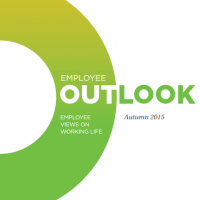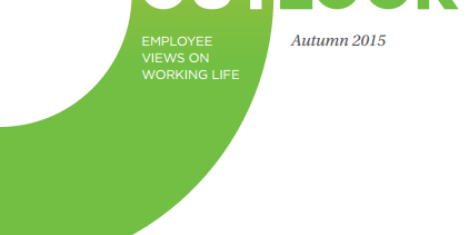November 1, 2015
UK productivity undermined by rule-heavy workplaces, claims report 0
 Employers can unleash the productivity of their workers by allowing them more scope to use their initiative, create more stimulating work and reduce the burden of unnecessary rules and procedures, according to a new report which considers productivity from the employees’ perspective. The latest Employee Outlook Survey from the Chartered Institute of Personnel and Development (CIPD), surveyed over 2,000 UK employees, asking what enabled them to be most productive. The most common responses were interesting work (40 percent), being able to use their own initiative (39 percent) and being given tasks which complement their skills (25 percent). On the other hand, the most common hurdles to employee productivity were unnecessary rules and procedures (28 percent), not having the resources available to do their jobs (28 percent) and office politics (24 percent).
Employers can unleash the productivity of their workers by allowing them more scope to use their initiative, create more stimulating work and reduce the burden of unnecessary rules and procedures, according to a new report which considers productivity from the employees’ perspective. The latest Employee Outlook Survey from the Chartered Institute of Personnel and Development (CIPD), surveyed over 2,000 UK employees, asking what enabled them to be most productive. The most common responses were interesting work (40 percent), being able to use their own initiative (39 percent) and being given tasks which complement their skills (25 percent). On the other hand, the most common hurdles to employee productivity were unnecessary rules and procedures (28 percent), not having the resources available to do their jobs (28 percent) and office politics (24 percent).







 In years gone by, a ‘one size fits all’ approach to office design might have been the norm, but as the decades have progressed, so too have the options available to businesses designing ‘homes from home’ for their office-based workforces. As new interpretations of the office environment proliferated, so the open plan model came to into being and eventually evolved into the default office design model. This initially brought greater variety than ever before but, ultimately, a one size fits all mentality in
In years gone by, a ‘one size fits all’ approach to office design might have been the norm, but as the decades have progressed, so too have the options available to businesses designing ‘homes from home’ for their office-based workforces. As new interpretations of the office environment proliferated, so the open plan model came to into being and eventually evolved into the default office design model. This initially brought greater variety than ever before but, ultimately, a one size fits all mentality in 

























October 26, 2015
An updated green building standard designed to meet wider business objectives 0
by Sue Gregson • Comment, Facilities management, Legal news, Property
(more…)